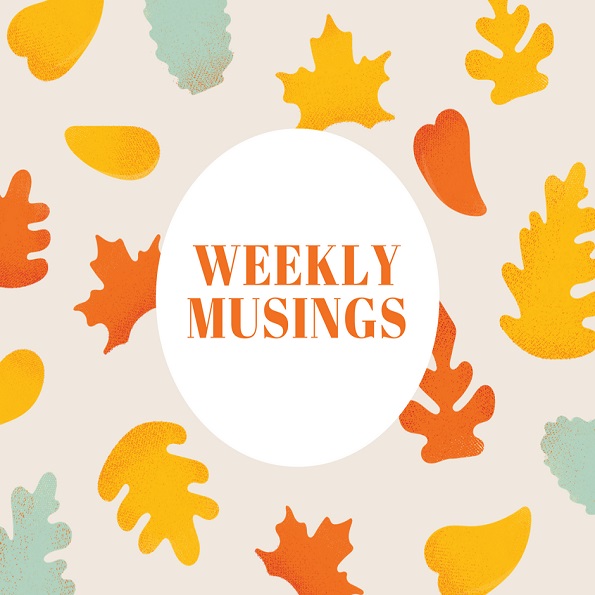What I’ve been reading this week.
Interested in reading about food? Here in the Weekly Musings section, I give you the best of what I find on the internet during my meanderings. Do let me know what you are reading.
— This article on National Geographic -The Plate “Battered By Climate Change, Nile Farmers Forge New Course,” about how farmers in Egypt are going back to learning newer techniques based on the current challenging climatic situation.
“But in many struggling villages, the most challenging conditions are not of their own making. As in much of the wider region, the lush green expanses of Middle Egypt are being buffeted by hotter and longer summers, along with unusual temperature swings, and even occasional hail in the winter. For farmers who’ve long expected relatively consistent weather, these changes have played havoc with their crops’ health. “Hail! Why do we have hail now?” Moftah asks.”
— I recently read and wrote about “Butter: A Rich History” ( see how I just managed to slide that in here ;)), and for me, that was the first time I got to associate the word “terroir” with butter. Honestly, who knew? So when I stumbled upon this article about terroir in Indian ghee by artisan cheese maker Aditya Raghavan aka bigaddie, it just felt like the pieces of a puzzle fell into place. This (and many other reasons) is why I love food. It just makes sense.
“This butter has all sorts of complexity to it: from the lactic notes of buttermilk to the more piquant notes of cheese (imagine the aroma of Parmigiano Reggiano), and even the elusive flavours of 2-Heptanone — a flavour compound produced in blue cheese. The ghee made from this butter has a delicious punch, inspiring my imagination to ask questions like, “Would this not pair perfectly with a hot mooli parantha?””
—This article by Paste Magazine on 101 ways to use Food Waste is all sorts amazing. From known tips like mixing old coffee grounds with oil to create exfoliants to a few surprises like using banana peels to polish silver and a few reminders like making rice pudding from excess rice- this post has very doable tips and tricks to put that food waste into proper use.
— This article on Modern Farmer about lab-grown meat gives a good overview of whats happening in the area. There are so many questions and concerns that the technology brings up, and it’s often hard to find a narrative which summarises things well. I think Modern Farmer’s article really shows us where we stand.
“All these clean meat startups, which are mostly based in Silicon Valley and Israel, are vying to be the first to get their products to market, whether it be beef, chicken, pork, or duck. (Some, like Memphis Meats, have done prototypes, but there’s not yet a product you can buy at your local grocery store.) The problem is how to scale in a way that gets lab-grown meat to a reasonable price point, and production costs are coming down quickly. Back in 2013, it cost a whopping $330,000 to produce the first patty-sized hunk of lab-grown beef. At the time, Post said he believed lab-grown meat wouldn’t be in grocery stores for another 10 to 20 years. But now, the price of producing that size burger is already down to $11.36. Quite a difference.”
— Black Baza Coffee’s blog Coffee Grounds gives us a peek into the world of coffee growers and coffee farms. We need more narratives like this because it helps understand what happens at the source and shows us the many nuances that we fail to see as consumers of the finished product. These stories help us connect with our food or in this case our favourite beverage.
“Achukkegowda is now 67 years old. He planted his first coffee bush in the early 1990’s and today coffee is what earns him his livelihood. He says that he started cultivating coffee only after his family was forcibly settled in podus (hamlets) and because of the constant ravaging of their ragi and jowar fields by elephants and wild boar. A village elder suggested that he try growing a crop that wildlife wouldn’t eat and soon thereafter he became one of the first Soligas to plant coffee (first the Cauvery variety of Arabica and then Selection 9) — although there were already larger coffee estates in the region. “
